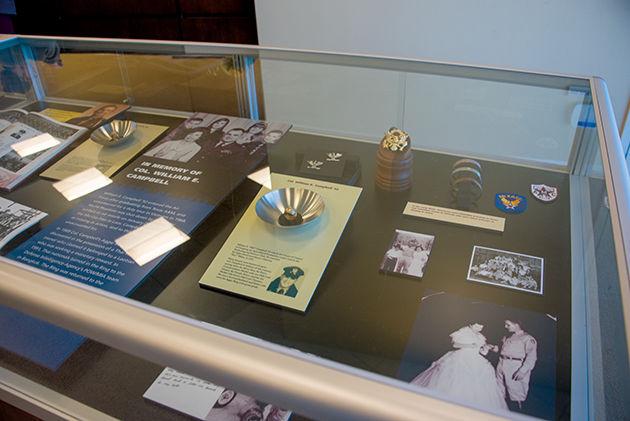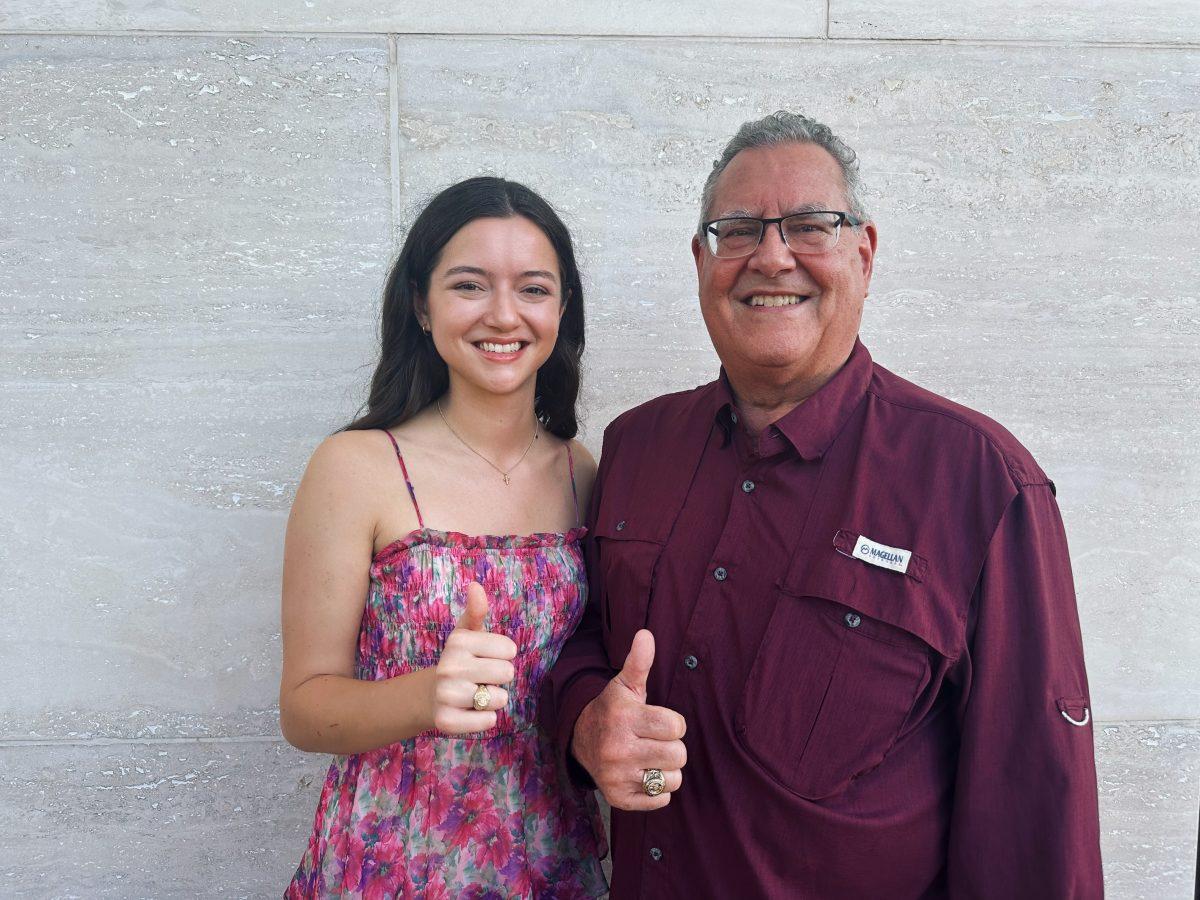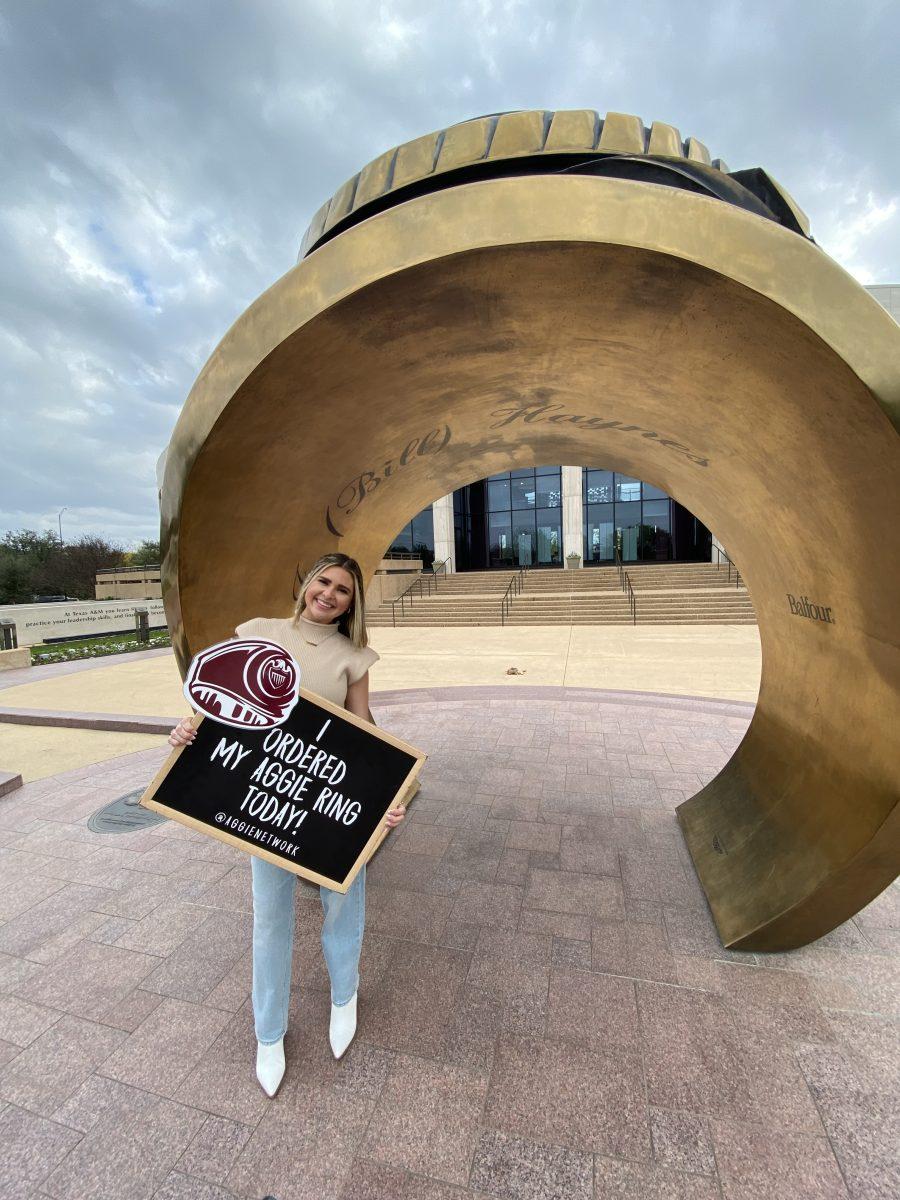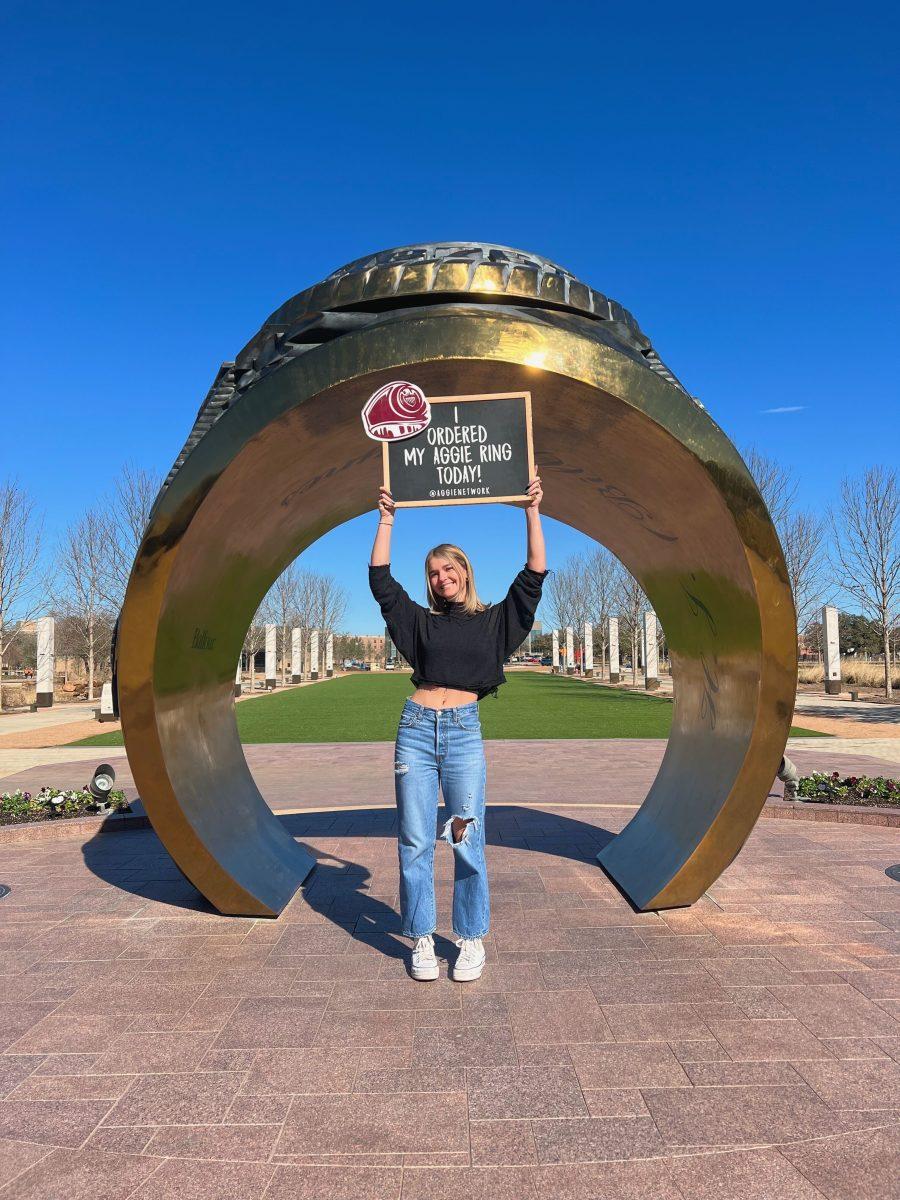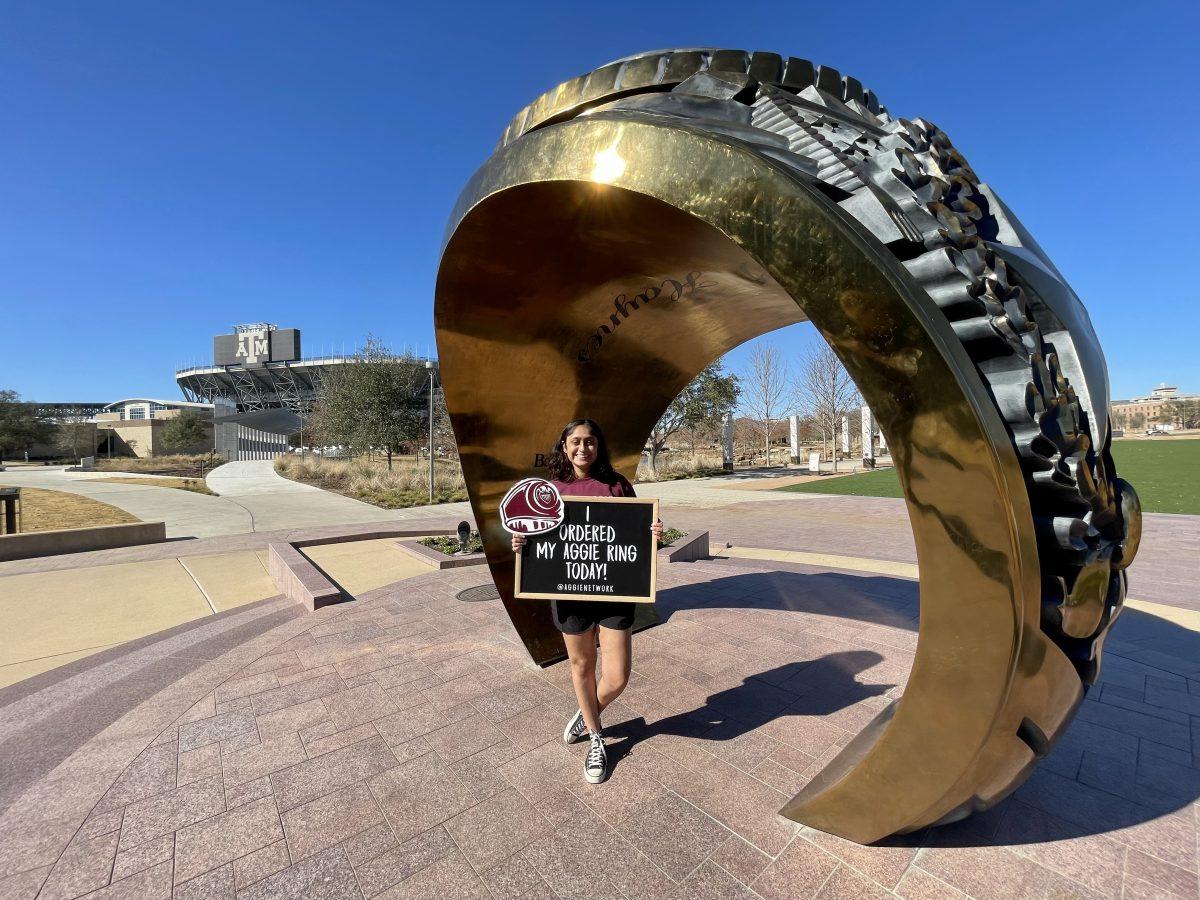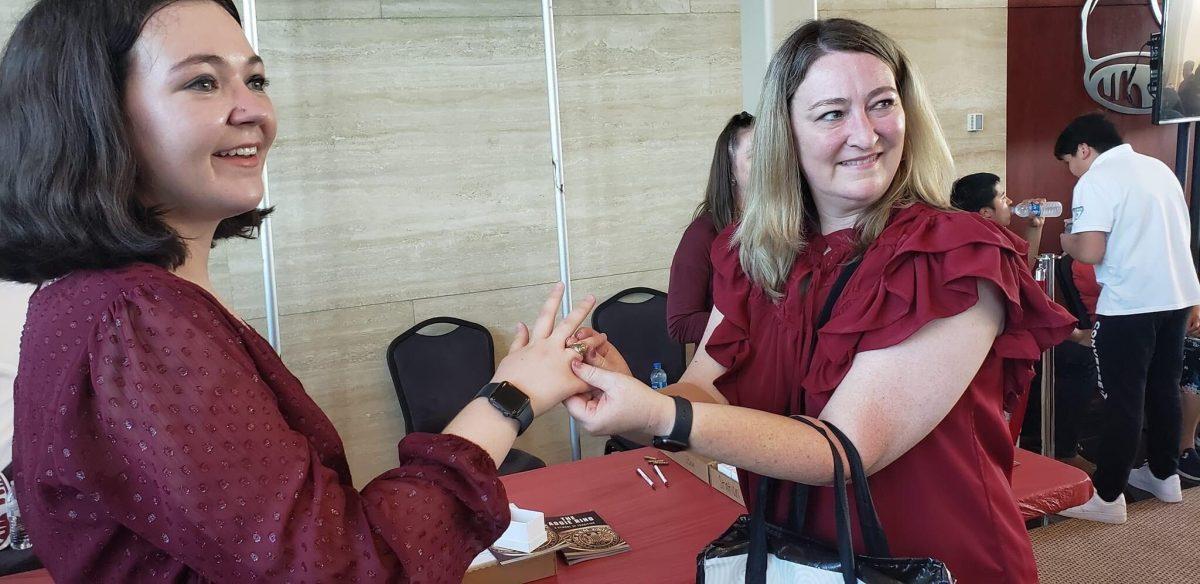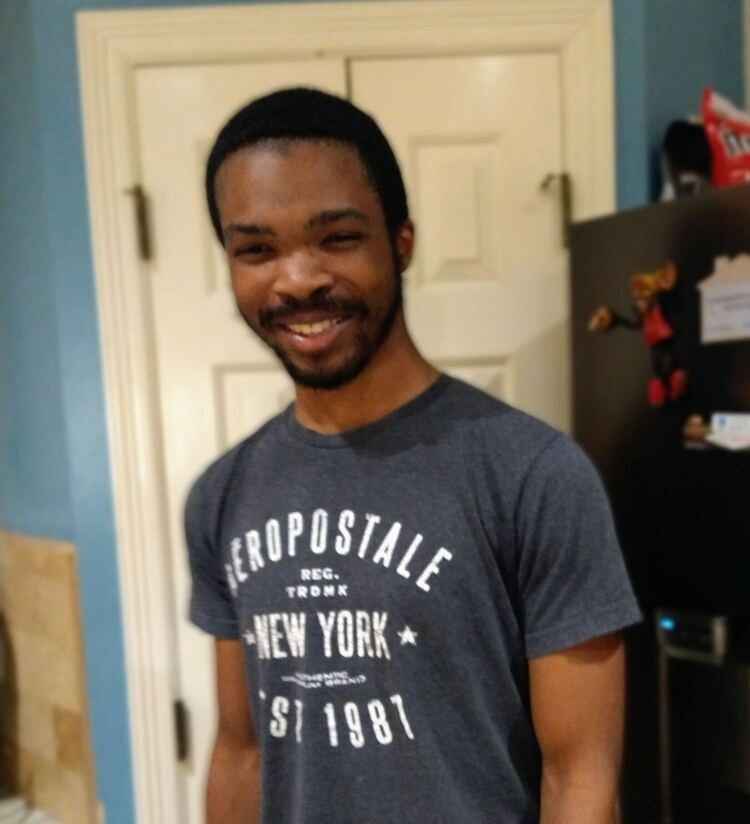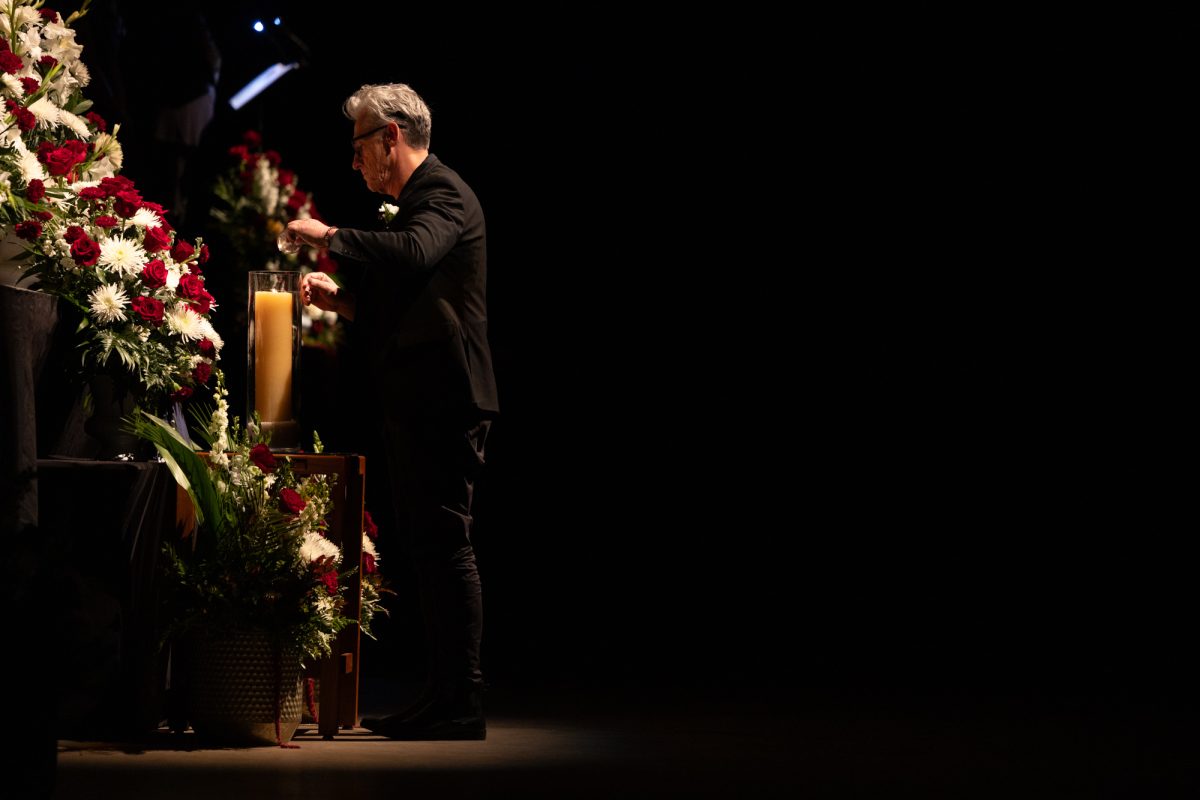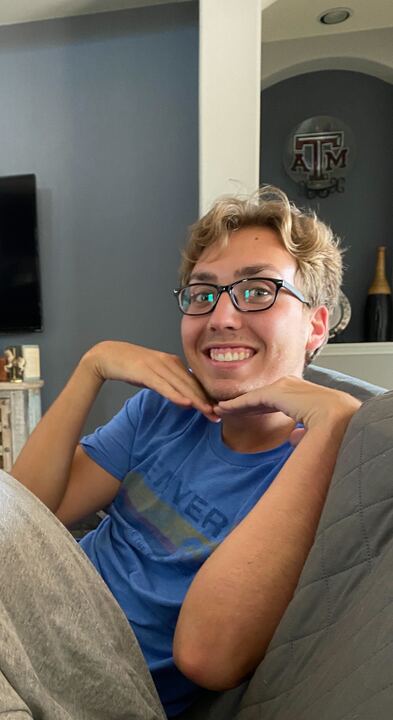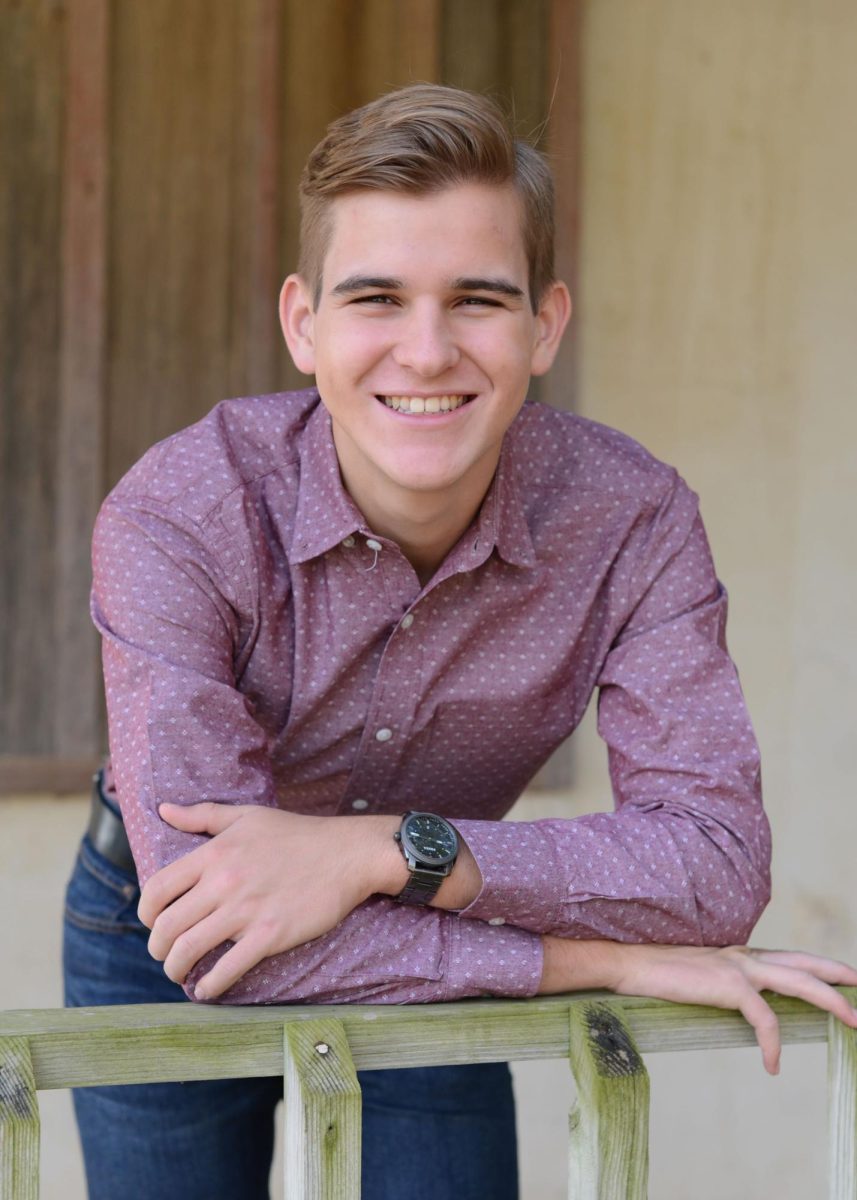Nearly 30 years after Air Force Col. William Campbell went missing in action during the Vietnam War, his Aggie Ring was found in a Thailand jewelry store and sent to his wife. Now, 48 years after his disappearance, Campbell’s memory will be honored in an official burial ceremony.
Campbell, Class of 1952, was listed by the military as “killed in action — body not recovered” in 1978 after his plane was shot down by enemy fire over Laos in 1969. His wife, Claretta “Boo” Campbell, and four children lived through ambiguity about his whereabouts for almost 30 years. Then Campbell’s Aggie Ring was delivered to Claretta by United States military officials in 1991. She wore it until her death in 1995.
In December of 2016, military officials positively identified William’s remains, which were discovered in 2014. A ceremony will be held in May, and William’s casket will be escorted from Honolulu, Hawaii to Arlington National Cemetery.
William’s oldest daughter, Cathy, remembered back to when her family received news of her father’s Aggie Ring being recovered. She said they couldn’t believe it.
“It was shock, and I remember that our mom was very excited about it,” Cathy said. “It had been about 20 years after his plane went down … With really very little to no information, and then all of a sudden, we learned that somebody over in Southeast Asia was wanting to sell the ring, and also indicating that they might have indication about the owner of the ring as well.”
At the request of his wife, William’s ring currently resides in the Association of Former Students ring collection in the Clayton W. Williams Jr. Alumni Center.
Kathryn Greenwade, vice president of the Association of Former Students, said because of the significant Aggie presence and influence in the different branches of the military, the Aggie Ring is easily identifiable, even to those who didn’t attend Texas A&M.
“That’s one of the interesting things about the Aggie Ring is that it is easily spotted by even non-Aggies,” Greenwade said. “The only thing connecting anything to [William] to what had been found was the Aggie Ring at that point.”
According to Greenwade, William always wore his ring, making the discovery especially meaningful to his loved ones.
“I think it’s symbolic of many things,” Greenwade said. “When I give tours of our ring collection, Colonel Campbell’s ring is one that I always stop and tell the story, because I think it represents that there are still Aggies who have not returned from war. And that remains have not been positively identified, so he represented that.”
Though Cathy was only 17 years old when she lost her father, she cherishes her memories of William, especially the way he’d listen to her.
“My favorite memory of my dad was … he was a very patient listener,” Cathy said. “And so if I was having trouble, maybe with some of my school work, or a boyfriend, I could go to him and just talk to him about whatever happened to be going on. And he wouldn’t tell me what to do, but he just listened really well.”
Cathy said while losing her father was one of the hardest things she’s had to face, it made her into the person she is today.
“You hear sometimes that people will talk about a tragedy that happened in their life, but in the long run, they turn it around and make it a good thing,” Cathy said. “It hasn’t devastated us completely. I just have a greater appreciation for life, and a realization of the gift that I’ve been given.”
Air Force Col. Ralph Dresser, William’s best friend growing up, said the duo acted more like brothers than friends. They both joined the Air Force at the same time when they graduated from A&M in 1952.
“He has been my best friend for over 70 years,” Dresser said. “He was the best man at my wedding. We first began to be like brothers when we were in junior high school … After that, we became great best friends that lasted almost inseparably for the next 20 years.”
In May, William’s casket will travel from Honolulu, through Dallas, to Reagan International Airport in Washington D.C., leading to his final burial at the Arlington National Cemetery, where his wife’s urn will be buried alongside his.
The day the casket will be picked up from Honolulu happened to fall on May 16, William’s birthday.
“Now I take a deep breath, and we will all be able to officially bury a part of our father, and we take a deep breath, and go on with the rest of our lives,” Cathy said. “And no longer have that great unknown that was always there.”
Lt. Col. Bryan Gilpatrick, William’s grandson-in-law, who is an Air Force pilot currently stationed in Okinawa, will escort the casket in honor of William.
Cathy said Gilpatrick’s deeper understanding stems from the years he spent wearing an MIA bracelet with William’s name on it, as well as the shared bond of being an Air Force pilot.
“It also represents a lot of hard work and dedication on the part of the military, too,” Cathy said. “They mean it when they say, ‘No person left behind, they will not be forgotten, we will continue to look and to try and get answers for you.’ And that has happened for our family.”
Greenwade said the Campbell family’s story is one that will be told for years to come.
“We will continue to tell this story,” Greenwade said. “We are very happy that his family will finally have the chance to appropriately honor their father and that he will be given this recognition that he so very much deserves.”
Final resting place
April 6, 2017
Photo by Photo by Cassie Stricker
Col. William Campbell’s Aggie Ring is on display in the ring collection at the Clayton Williams Jr. Alumni Center.
0
Donate to The Battalion
$2065
$5000
Contributed
Our Goal
Your donation will support the student journalists of Texas A&M University - College Station. Your contribution will allow us to purchase equipment and cover our annual website hosting costs, in addition to paying freelance staffers for their work, travel costs for coverage and more!
More to Discover




